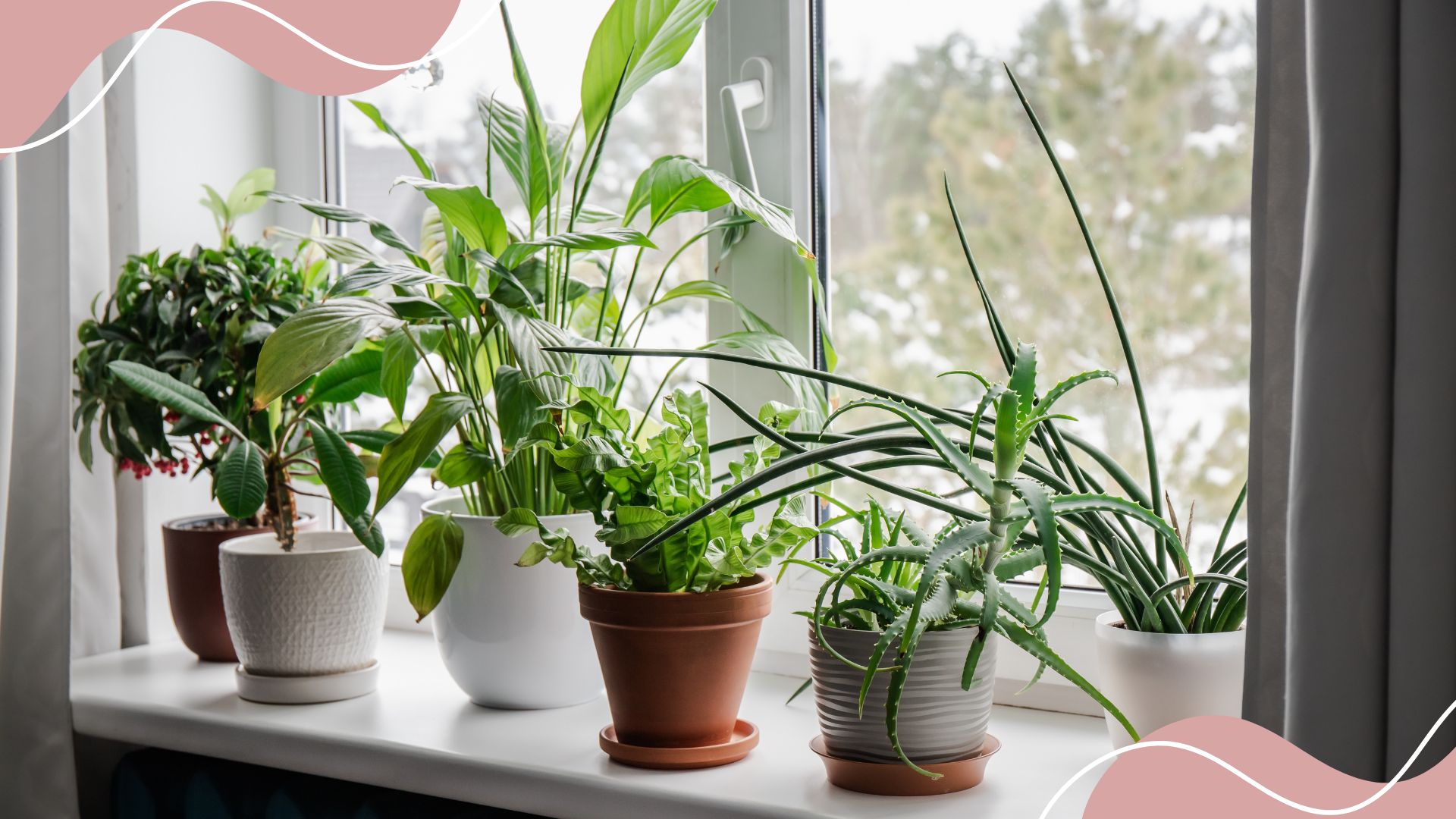
Whether you're struggling as a first-time plant parent or need a refresher course, this expert guide has everything you need to keep your houseplants happy and thriving.
Even when you choose the easiest plants to keep alive, it can be a challenge to keep multiple species happy at the same time. When you think you're doing a stellar job, you're left wondering why your peace lily is drooping all of a sudden.
And while all plants will have slightly different needs, it's helpful to know the basics for keeping your leafy friend alive and kicking. So here it is, caring for houseplants 101.
How to care for indoor plants: Expert advice
Once you've mastered the basics of caring for houseplants, you'll soon be able to look after even the most challenging of species – so caring for a yucca plant becomes as easy as caring for a spider plant. It's best to start small and work your way up to the more demanding plants.
This expert-recommended guide will prepare you for all indoor plant care.
1. Watering and humidity
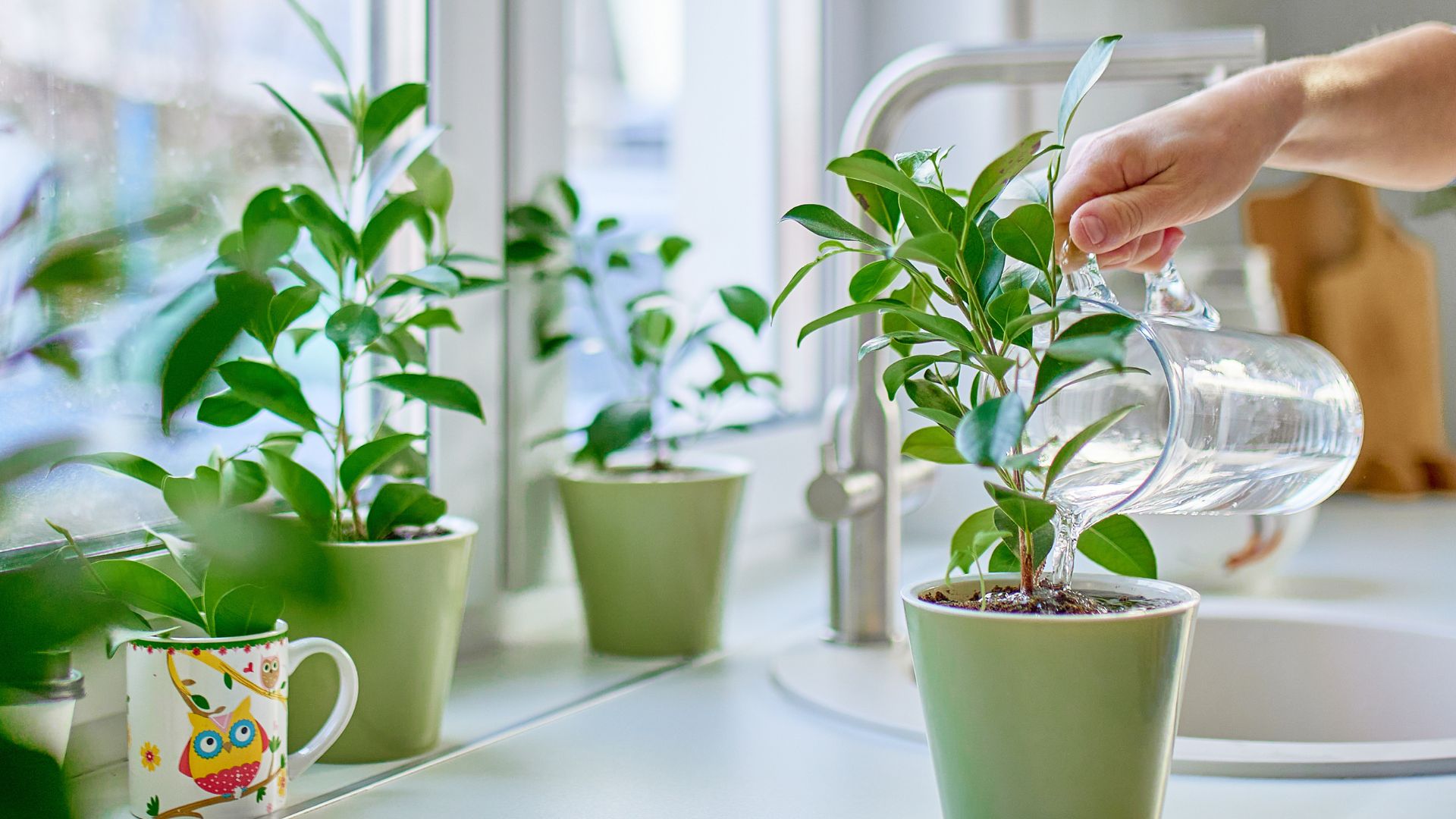
Knowing how often your houseplants should be watered is one of the most important steps in their care routine.
"Houseplants can be easily killed by overwatering, so you should ensure that the compost is kept moist but wait until it has dried out before watering again," says Graham Smith MCIhort, a gardening expert at LBS Horticulture.
"You can check how moist the compost is by pushing your finger into the top few centimetres. Water your plants from above, and allow excess water to drain away by placing a saucer underneath the plant pot."
Although different species require different watering routines, you wouldn't water a monstera the same you'd water a succulent, there are some universal rules.
"As a general rule, houseplants will need more watering in spring and summer and do not need as much in winter when they go dormant. Most houseplants can be given tap water, but some specialist plants may have different requirements so you should check their care instructions," Graham adds.
The same goes for humidity levels, some plants will appreciate a humid environment and misting more tropical plants with water regularly will keep them happy. To make things easier Graham recommends grouping these plants on a tray of damp gravel so you can keep their air humid.
2. Sunlight exposure
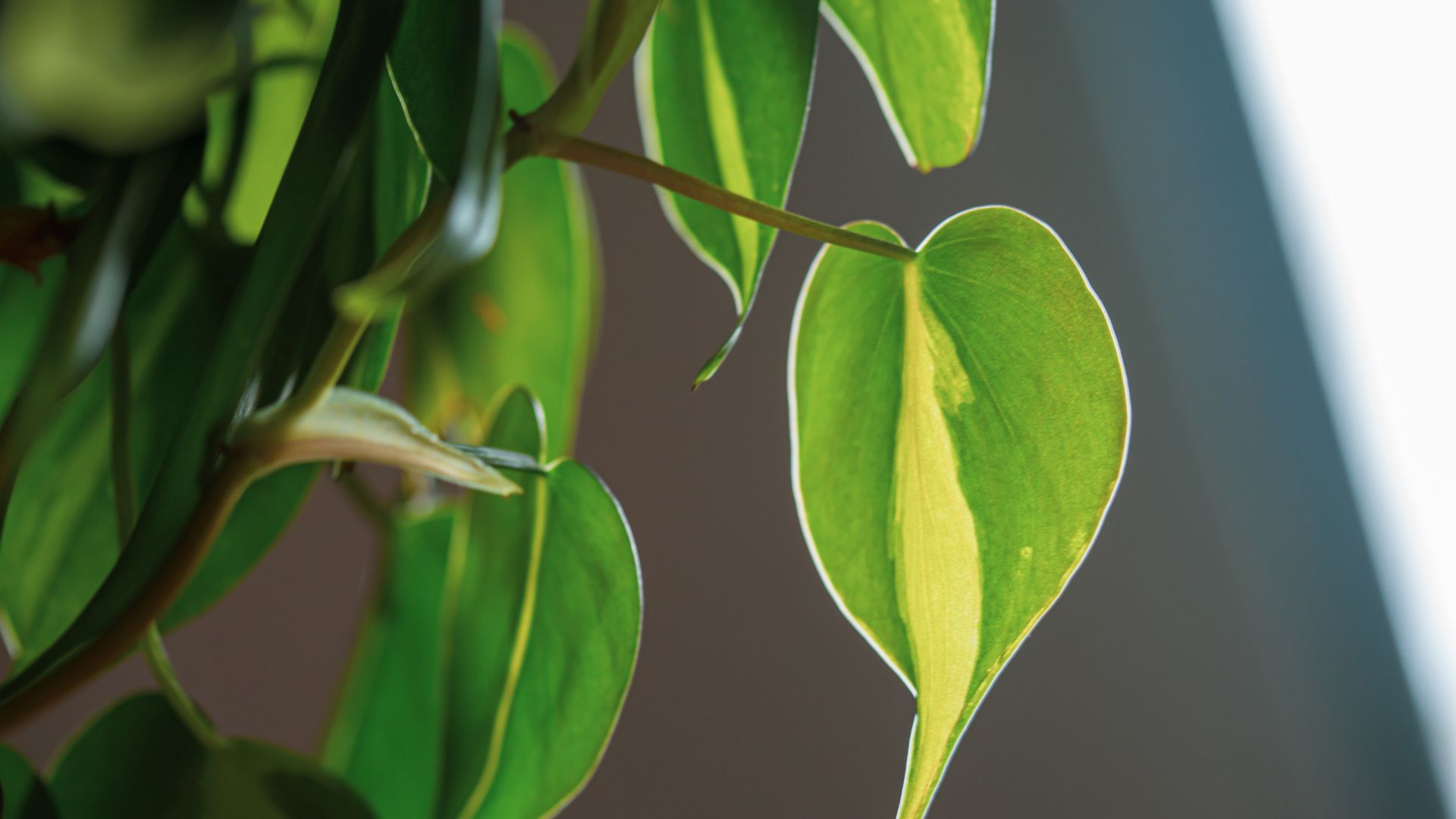
One of the most common houseplant mistakes is assuming your plant needs uninterrupted sun exposure all day. Whilst the sun is undoubtedly needed to keep your plant alive, too much of it can quickly kill your plant.
"Different houseplants will have differing light requirements, with some preferring low light and others needing bright, indirect sunlight," explains Graham.
Too much sun can be the reason your monstera's leaves are turning brown, as the sunlight can scorch the leaves and force the plant to wither. Most plants prefer a bright spot with indirect sunlight, but it's best to research each species' preference individually.
3. Pruning
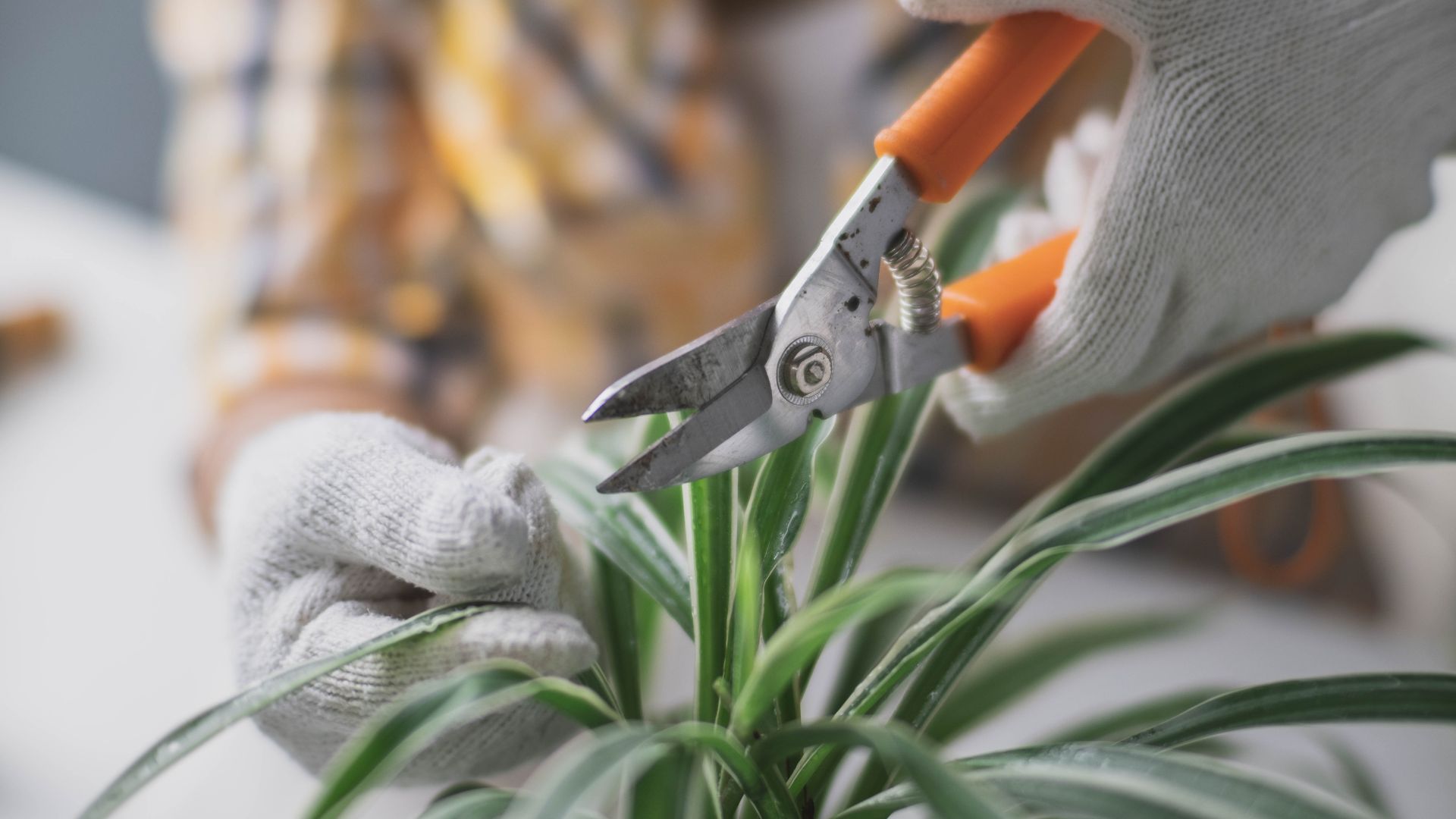
Whilst you might be up to speed with pruning your honeysuckle and various other garden plants, your houseplants benefit from routine pruning too.
Graham says, "It's important to pinch off dying flowers with your fingers and remove any dead or damaged leaves from your plants. If necessary, you can remove crossing or damaged branches with secateurs."
Whilst many plants will be small enough that you can use your hands to prune them, having a sharp pair of secateurs will always come in handy, especially for larger bushier species.
4. Cleaning
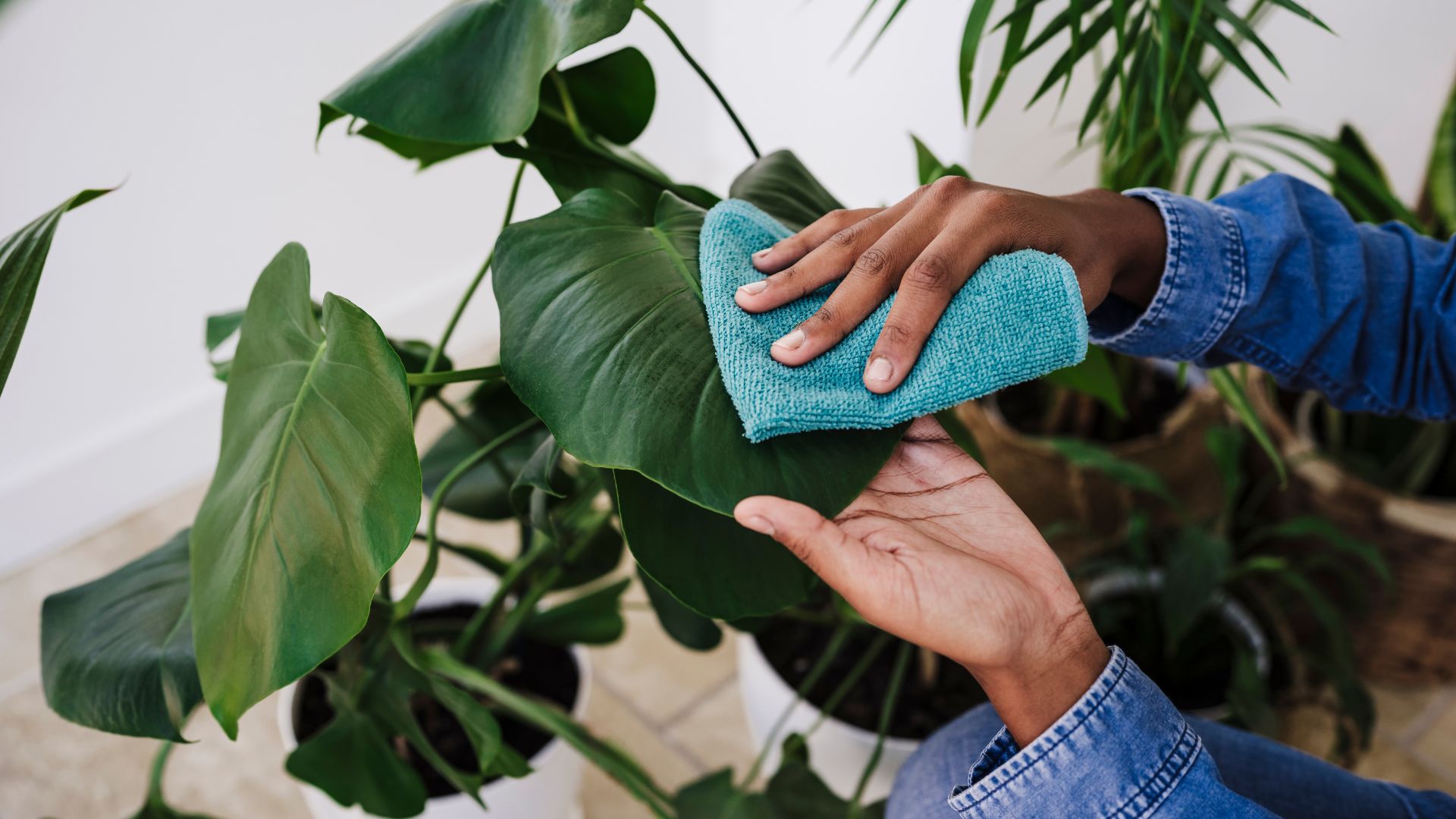
You might have never thought about how to clean your plant's leaves, but this seemingly redundant task is extremely important to your plant's well-being.
"Dust can easily accumulate on the leaves of houseplants, and it can prevent them from growing properly. Ensure that you are wiping the leaves regularly in order to keep them free of dust," says Graham.
5. Feeding
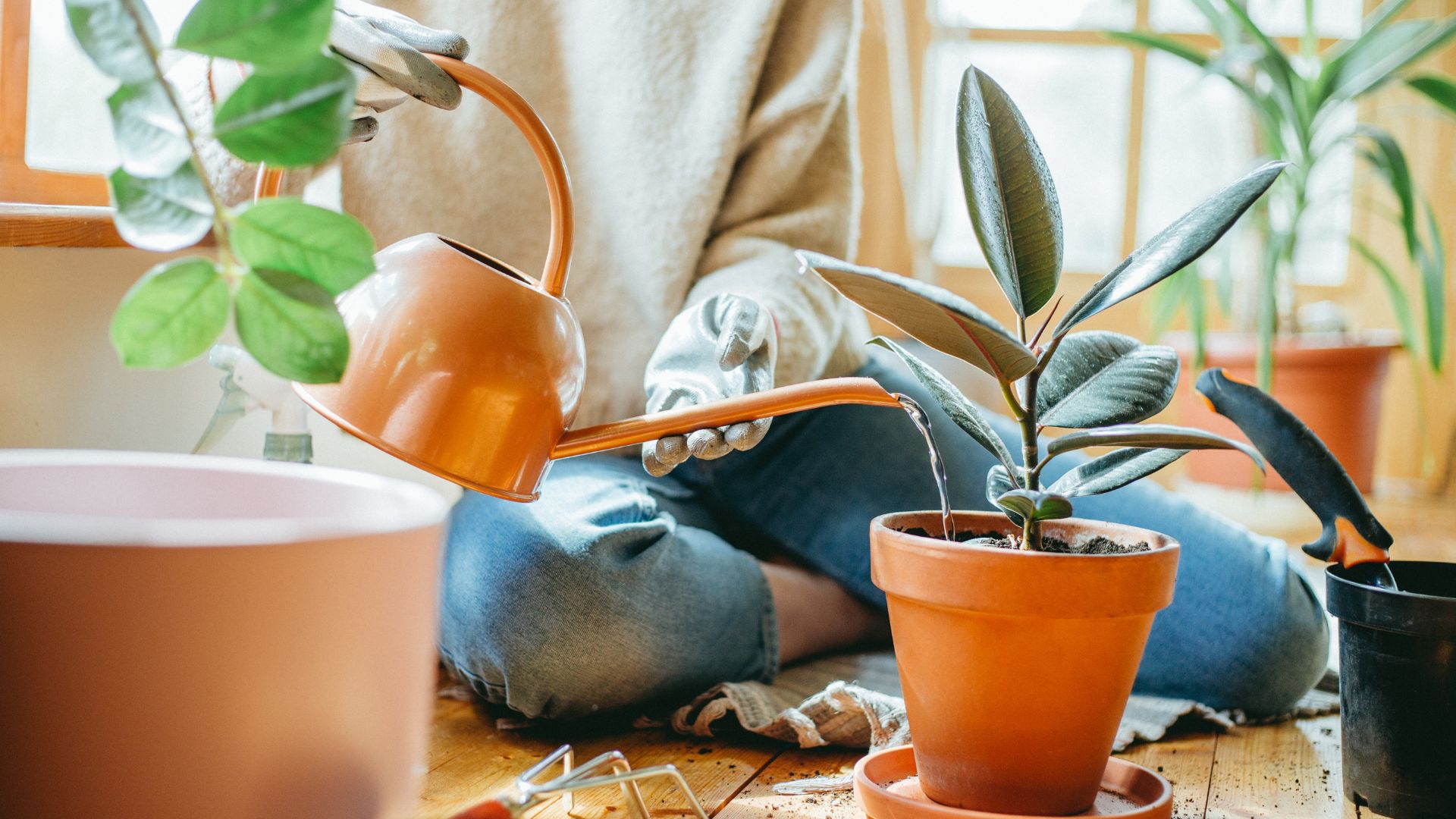
Not all plants need feeding, if you know how to care for a venus fly trap you'll know this, however some benefit from the occasional nutritional boost.
Graham points out that whilst most leafy houseplants can thrive just fine without external feeding, the flowering plants will do better when they're provided with a weekly dose of liquid feed.
FAQs
How much sunlight do indoor plants need?
Sunlight exposure is a critical step in keeping your plant healthy, not enough and your plant could grow mould on its soil but too much and it could wither away.
"Sunlight is crucial, but every plant has its preferences," says David Denyer, a florist at Eflorist and gold medal winner at the RHS Chelsea Flower Show. "Most houseplants do best in bright, indirect light—think of a spot near a window where the sun doesn’t hit them directly. Some plants, like succulents, love direct sunlight, while others, like ferns, thrive in shadier areas. It’s all about finding the right spot in your home."
How often should you water plants?
Even with the best plants to help with condensation, a strict watering routine is needed to maintain a thriving houseplant.
"Watering is where many people trip up. Overwatering is a common mistake, but it’s usually best to let the top inch of soil dry out before watering again. That way, you’re not drowning your plant, but you’re also not letting it dry out completely. Each plant has its own needs, so pay attention to how they respond," says David.
What are the best houseplants?
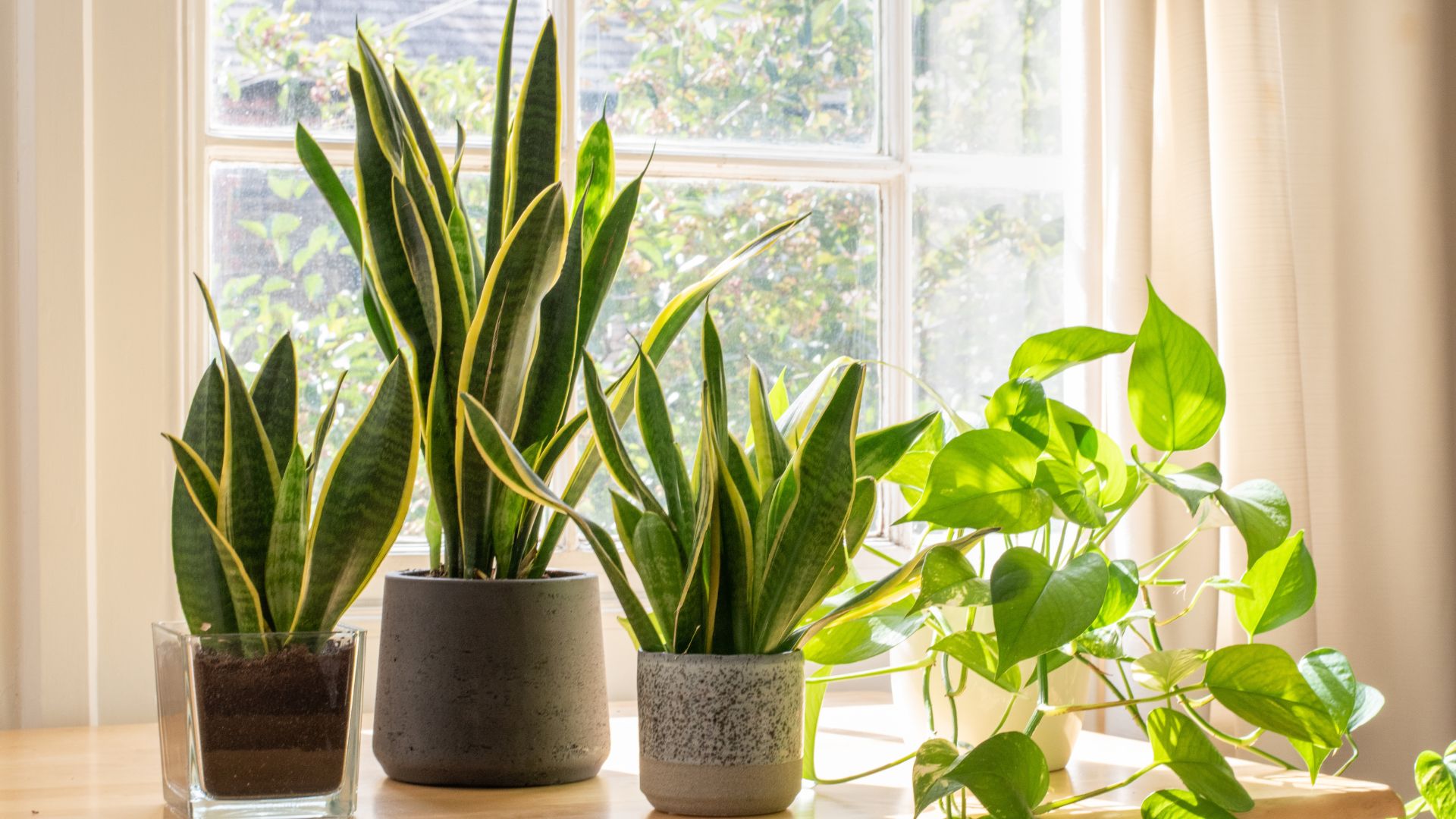
If you're a plant-parenting rookie, you'll want to stay clear of the hardest houseplants to keep alive. Instead, opt for the low-maintenance species that can deal with a little neglect now and then. You can always work your way up to knowing how to care for a bonsai tree.
David recommends choosing plants that will suit your home's environment and the time you can commit to caring for them.
"If you’re new to this, try a pothos, snake plant, or ZZ plant — they’re pretty low-maintenance and forgiving. For something with a bit more flair, peace lilies and spider plants are fantastic options, and they too don’t require much fuss," he says.
Now you're a houseplant expert, why not learn how to keep your plants alive while you're on holiday? Knowing some self-sustaining tips for keeping your leafy friends happy whilst you're away will ensure all your hard work doesn't go to waste.







